- Details
- Category: Culture and Bonsai
- Also available:










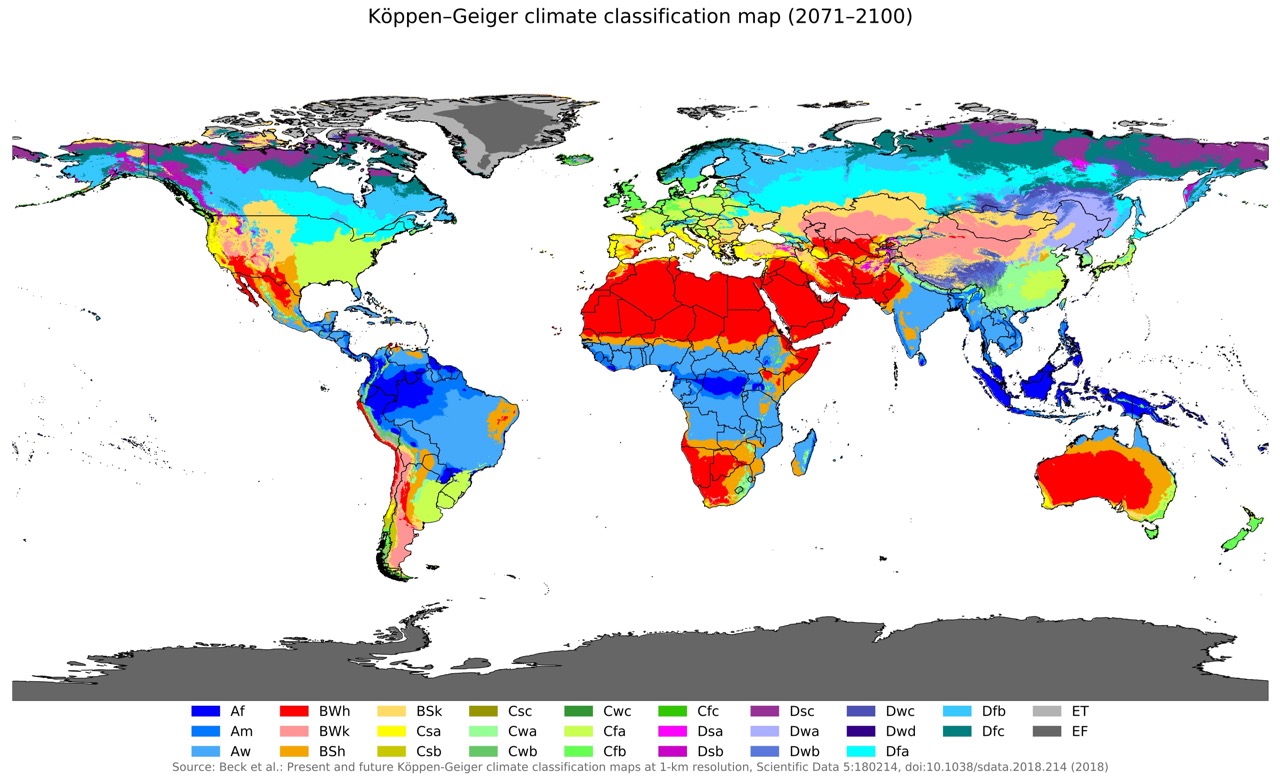
Introduction: A Climate for Every Bonsai
Bonsai, a refined art and precise science, requires a deep understanding of each tree's needs to help it thrive. Among the many factors to consider, climate stands out as one of the most influential. The Köppen-Geiger climate classification system, widely recognized for its accuracy, is an invaluable tool for understanding how climate affects bonsai and adapting care accordingly. By better understanding the interactions between tree needs and climatic specifics, bonsai enthusiasts can create environments conducive to their trees' flourishing.
Understanding the Köppen-Geiger Classification
A Scientific Approach to Climates
Developed in the early 20th century by Wladimir Köppen and refined by
Read more: Understanding Köppen-Geiger classifications in bonsai
- Details
- Category: Culture and Bonsai
- Also available:










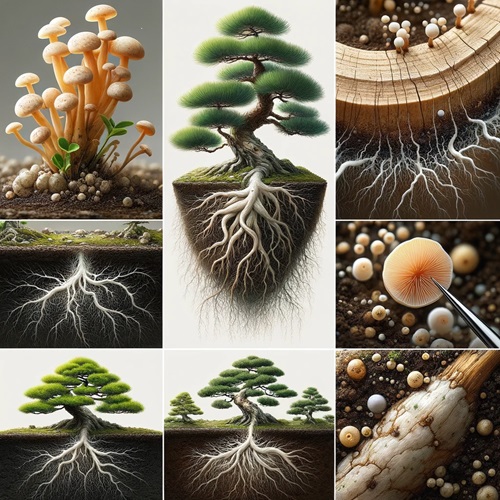
Introduction
Bonsai trees, those emblematic miniature trees, captivate with their grace and complexity. At the heart of this fascination lies an often overlooked but essential element to their vitality: mycorrhizae. In the world of bonsai, these symbiotic associations between plant roots and fungi are more than mere coexistence; they represent a sophisticated and beneficial alliance that profoundly influences the health and development of these miniature trees.
Mycorrhizae play a crucial role
Read more: Mycorrhizae in Bonsai: How These Microscopic Fungi Are Revolutionizing Cultivation
- Details
- Category: Culture and Bonsai
- Also available:










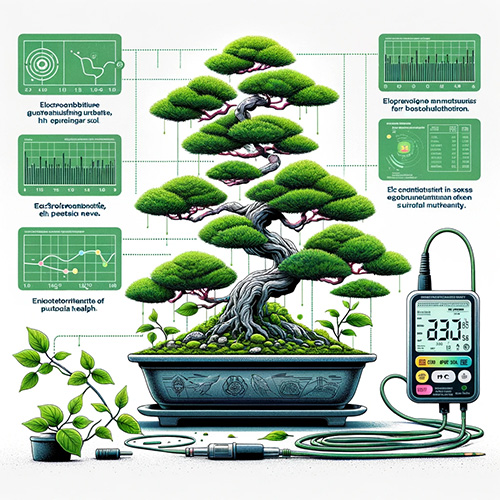
Introduction to the Concept of Electrical Conductivity (EC)
The art of bonsai, a cultural heritage deeply rooted in tradition and horticultural expertise, requires a meticulous understanding of every aspect of plant care.
A crucial element in the cultivation of bonsais, often underestimated, is the management of the electrical conductivity (EC) of the irrigation water and the substrate. This introduction aims to illuminate the concept of EC, its importance, and its impact on the health and
Read more: Bonsai Fertilization: How Electrical Conductivity (EC) Can Transform Your Cultivation
- Details
- Category: Culture and Bonsai
- Also available:










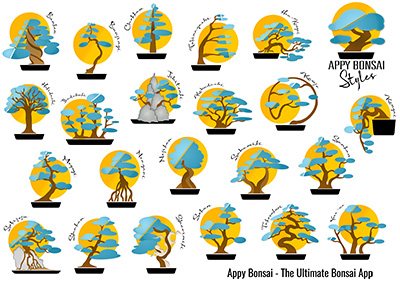
The world of bonsai is a fascinating universe where art meets nature. Each bonsai is unique, reflecting not only the skill and vision of its creator, but also a wealth of styles and forms that captivate enthusiasts and connoisseurs. In this article, we explore the most popular and lesser-known styles of bonsai, a journey that can also be experienced through our Appy Bonsai app.
Exploring the different styles of bonsai is both an artistic and spiritual adventure. With our Appy Bonsai app, you
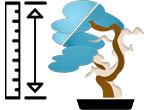
- Details
- Category: Culture and Bonsai
- Also available:










Bonsais, miniature trees cultivated with care and artistry, vary significantly in size. Classifying them into different size categories helps enthusiasts and professionals better understand and categorize these fascinating plants. Here's a detailed overview of the various bonsai sizes, from the smallest to the largest.
Keshitsubo (1-3 cm): These tiny bonsais, literally "the size of a nut," pose a significant cultivation challenge. They require meticulous attention in terms of watering and
- Details
- Category: Culture and Bonsai
- Also available:











In the world of bonsai, every detail matters. The pH, an often overlooked factor, plays a crucial role in the health and aesthetics of these miniature trees. This article delves into understanding pH in bonsai cultivation, explaining its impact, providing methods for controlling it, and detailing how to adjust watering and substrate to optimize the growth and flowering of your bonsai.
Introduction to pH and Its Importance in Bonsai
Definition of pH
pH, short for "potential of hydrogen," is

















